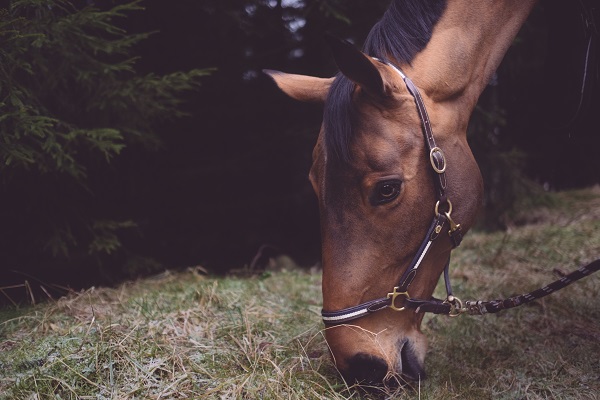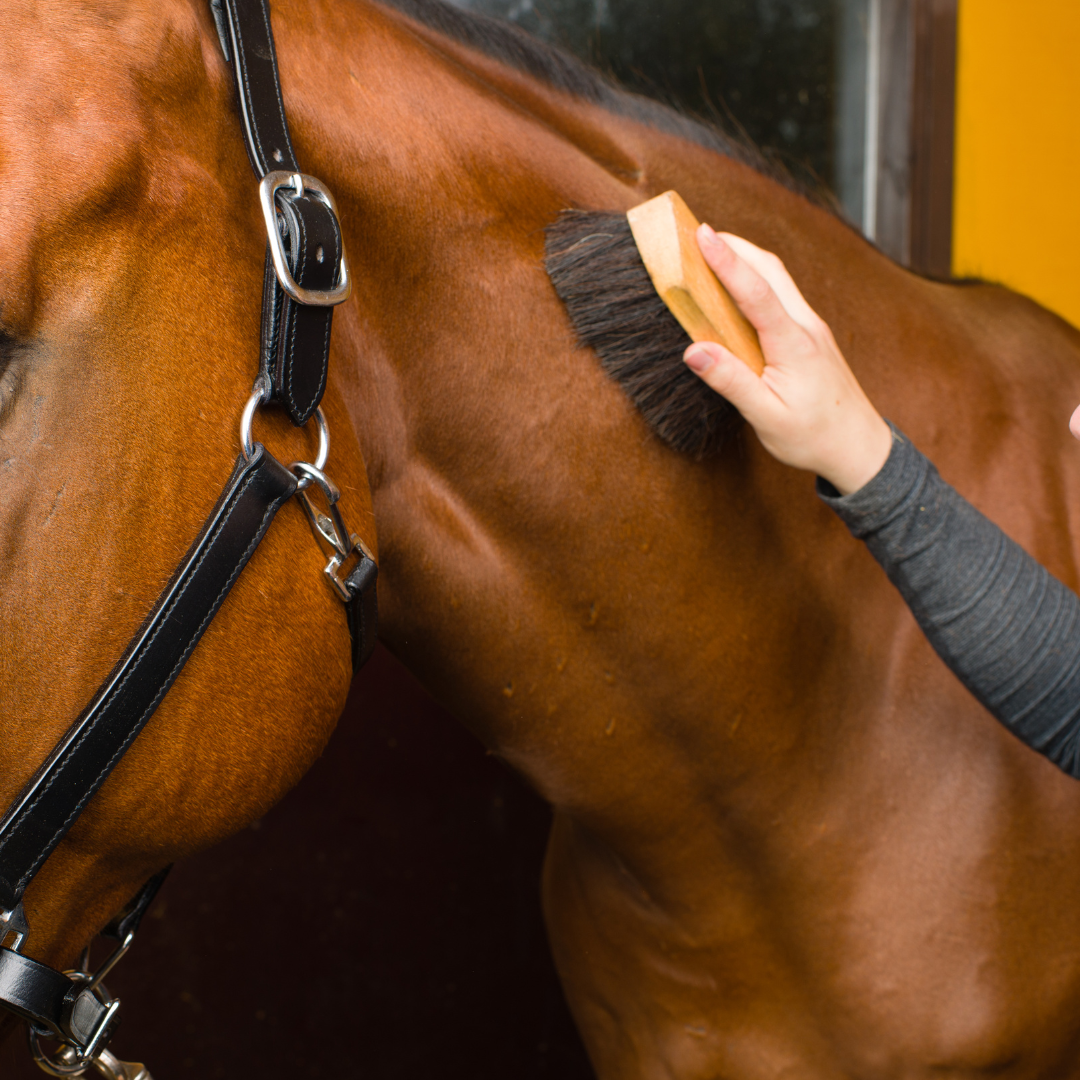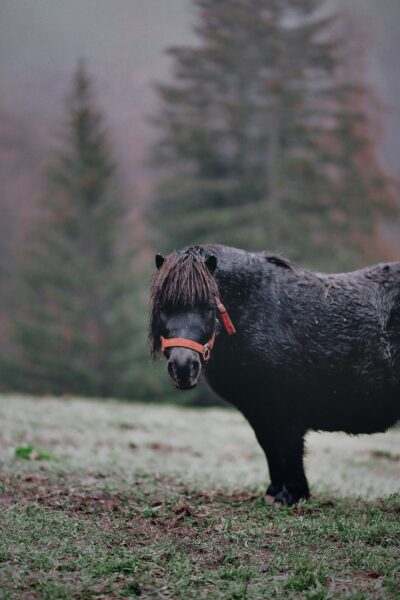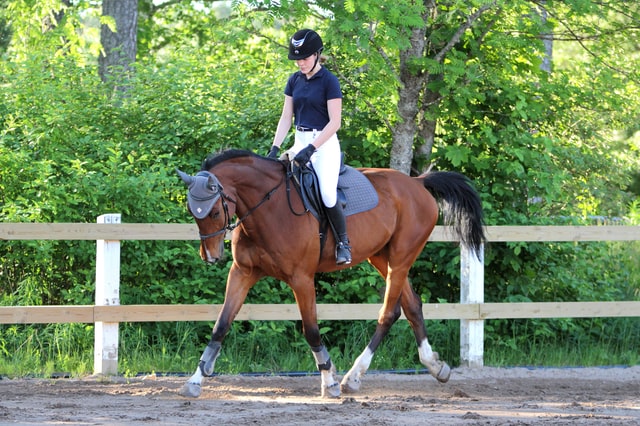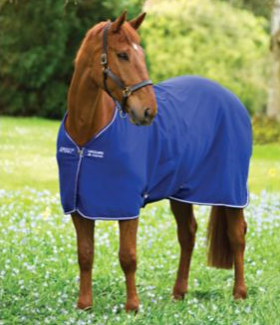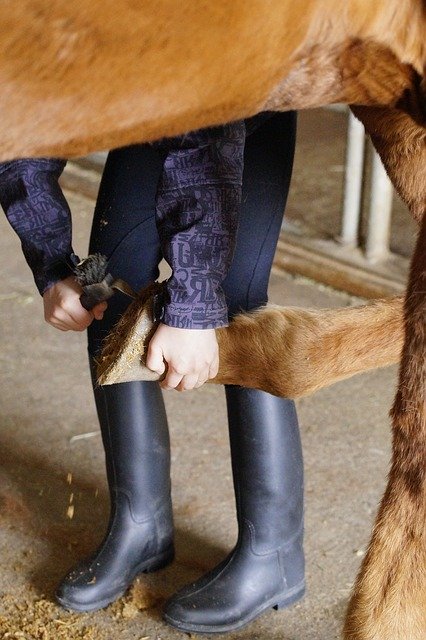Kissing Spine in Horses
Have you heard of Kissing Spine or, in layman’s terms, back pain in horses?
Often without any clinical signs, Kissing Spine is a medical condition when two or more bony projections in a horse’s vertebrae overlap or touch, hence the name.
The exact cause of this disease in horses is not yet fully understood, but there are ways to prevent, diagnose, and treat it when it occurs.
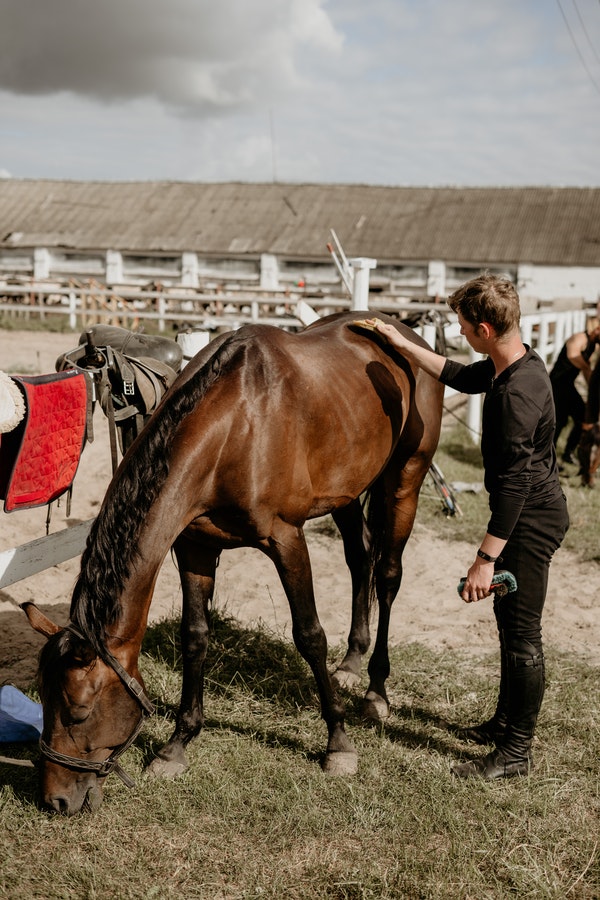
More often than not, Kissing Spine is thought to be only secondary to major health issues.
This is why, when a horse is diagnosed with it, vets are more likely to undergo further medical tests and initiate appropriate treatment if possible.
The good news is that as long as horse owners are serious and committed to the treatments involved, the recovery rate is high.
Read the following article to learn more about what Kissing Spine in horses is and what it means if your horse is diagnosed with it.

What is Kissing Spine in Horses?
Kissing Spine was first described in the 1960s as a common cause of back pain and discomfort in horses.
Because there was still not a lot of data and resources to prove their studies at that time, it is only in recent years that researchers have been able to devote more attention to this condition as a main problem in horses, now that there are advanced technologies that they can use.
Thanks to better quality x-rays, researchers can now learn more about equine anatomy and better understand Kissing Spine.
Kissing Spine is now best diagnosed as having vertebrae too close together instead of being spaced out.
This abnormality of the horse’s spine is the reason why horses experience constant low-grade pain, although some horses may not show clinical signs.
After taking an x-ray, the researchers found that Kissing Spine mainly occurs between the thoracic vertebrae (T) 13 and 18, with T15 being the most affected.
But there are also cases when it occurs in the lumbar vertebrae.
These sites are located directly under the saddle and rider’s seat.
Although Kissing Spine shouldn’t necessarily be a major cause for concern, but because it causes back pain in horses, it’s better to be diagnosed and treated than not all.
The most common types of horses for which the diagnosis of Kissing Spine is most likely are thoroughbreds, quarter horses and performance horses, but there were also cases when this condition was acquired.
Therefore, it is believed to be caused by a variety of factors, including improper training of the horse, poor saddle fit, or could be a genetic factor, and may affect any normal horse.
Clinical Signs of Kissing Spine in Horses
As mentioned, some horses may not show any clinical signs, but the majority of horses that do vary from horse to horse.
Most often, they are observed to have overt lameness or poor performance.
They can also be characterized by having some behavioral issues, such as hypersensitivity to rearing, kicking out, bucking, brushing, head tossing, girthiness, resisting the bit, hollowing the back, cross-cantering, trouble with transitions, and rushing or refusing fences.
You may also observe that their backs are sore to touch.
How Is Kissing Spine Diagnosed?
Kissing thorns are often difficult to diagnose because it is difficult to rule out the signs, whether caused by a behavior or training issues, or an underlying medical condition that may be secondary or unrelated, but there are different ways to do it.
Most often, they are diagnosed by radiographic findings accompanied by a physical examination.
Another way to diagnose the kissing spine is thermography, as it uses infrared cameras to detect heat patterns.
In addition to this, the vet also uses nuclear scintigraphy and digital imaging for bone scan to gather more information.
If you suspect your horse of having Kissing Spine, it is best to see a specialist for a more definitive diagnosis.
How Is Kissing Spine Treated?
The first priority in treating horses diagnosed with Kissing Spine is to make them as comfortable as possible.
To be comfortable, proper medical treatment is necessary for pain reduction and to make muscles and soft tissues more relaxed.
These horses may also require certain types of back and abdominal muscle strengthening exercises to improve mobility and stabilize posture.
The most common medical treatment to treat the affected vertebrae and muscles is shockwave therapy, but will also require anti-inflammatory and corticosteroid injections into the spaces between the vertebrates involved.
Physical therapy can also be encouraged through a daily exercise program to help the horse move freely in a relaxed frame and then can progress until the horse is comfortable stretching.
Exercises can include an aquatic treadmill and a Pessoa lunge system to encourage horses to engage their abdominal muscles.
You may also need to perform a saddle fit assessment to make any necessary adjustments to eliminate pressure points on your horse’s back.
Acupuncture and chiropractic therapies and therapeutic ultrasound may also be used.
In severe cases, specialists may require surgical treatment, which involves the removal of approximately half (3 inches) of the bone at the top of each vertebrae.
The alternative method is endoscopy which is done by removing the selected dorsal spinous processes and joining the ligaments between the processes.
You can also choose the option of allowing small incisions and cutting the interspinous ligaments through an interspinous ligament desmotomy (ISLD) in order to relieve the strain on the ligaments.
This surgical intervention is done with the horse sedated and in standing position.
Surgical treatment options are often the last resort because it is very invasive and can lead to long recovery times.
Although most of the time surgical procedure leads to positive response, it is not known whether spine surgery can continue to stabilize the horse’s back or cause him to limp in the future.
How to Prevent Kissing Spine?
While a variety of factors can cause Kissing Spine, there is still no exact information on what caused it.
Recent study suggests that it may be linked to the development of the horse.
Either way, whatever the source of the problem, treating the potential underlying cause should be a priority.
If an underlying medical condition causes horses to limp later on, then they should be discovered and treated.
As horse owners, you should also make sure that the saddle is properly adjusted so that the horses can use their back muscles properly.

Lauren is an internationally published author, trainer, and has helped hundreds of horse-rider combinations create lasting bonds and the success they desire. Check out Lauren’s incredible story: From horse-crazy girl to international equine educator. Or if you want to send Lauren a quick message, check out her contact page here.
